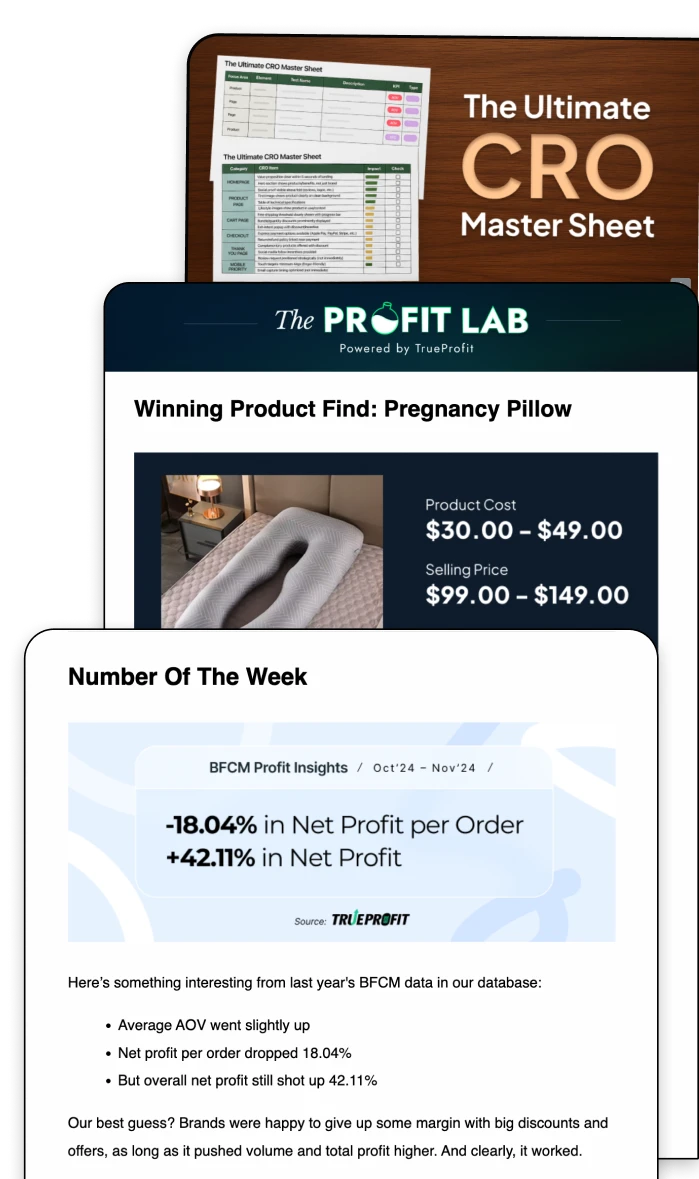How To Prepare for Tariffs as An E-Commerce Business?
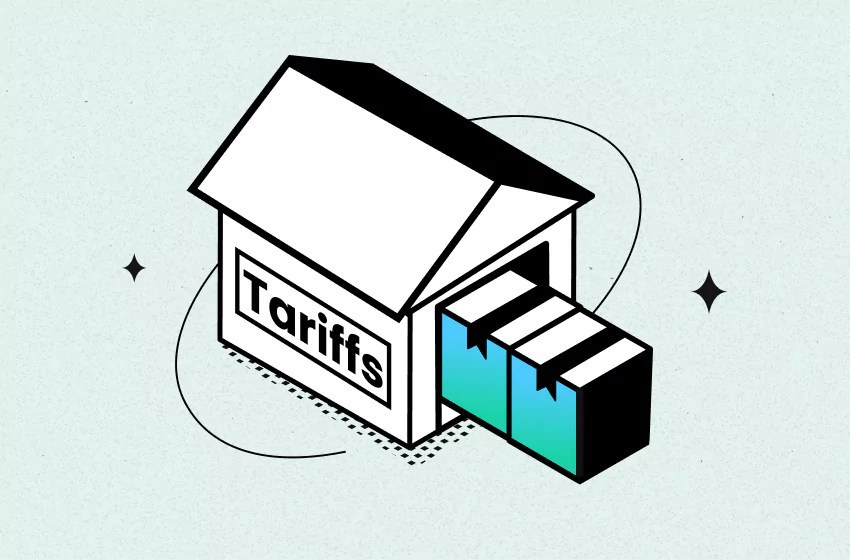
Tariffs are no longer just a trade policy buzzword. They’re a real cost factor e-commerce businesses can’t afford to ignore. For e-commerce businesses, especially those relying on global suppliers or cross-border logistics, tariff changes can be disruptive. The key to staying profitable? Preparation.
In this guide, we’ll break down what tariffs are, why they matter for your online store, and how to build a plan that helps your business stay flexible, compliant, and cost-effective.
What Are Tariffs and Why E-Commerce Businesses Need to Prepare?
Tariffs are taxes imposed by governments on imported or exported goods. These fees are usually charged at the border and can be based on the item’s value, quantity, or other classification.
For e-commerce businesses, tariffs come into play in several ways:
- Sourcing from overseas suppliers: If you import goods to sell domestically (like many dropshippers or private label brands), tariffs can raise your cost per unit.
- International fulfillment or shipping: If you fulfill orders across borders, you may encounter tariffs at customs depending on the destination country.
Even small changes in tariff rates can result in lower profit margins, shipping delays, or pricing misalignment with competitors. To learn more, check out our article on how tariffs affect business.
How Can Businesses Prepare for Tariffs?
Being proactive about tariffs means building awareness into your supply chain, product selection, and financial planning. Here's how to do that step by step:
Identify Products at Risk
The first step in tariff preparation is understanding which of your products are vulnerable to duty changes or cost hikes. This isn’t just about what you sell—it's about how those items are classified, where they come from, and how they’re handled at customs.
- Look up HS Codes: These Harmonized System codes classify your products for customs and tariff purposes. Knowing the correct HS code helps you determine the exact duty rate applied.
- Check country of origin: The same product sourced from different countries may face different tariff rates.
- Use customs databases or broker tools: Sites like the U.S. The International Trade Commission Tariff Database lets you search current tariffs by product category.
Diversify Your Supplier Base
Relying on a single country—especially one subject to ongoing trade disputes—can put your entire operation at risk.
Explore Alternative Manufacturing Hubs
Instead of putting all your eggs in one basket, consider sourcing from multiple regions. Emerging economies like Vietnam, India, Pakistan can be your alternative.
Ask Suppliers About Production Flexibility
Some large suppliers may already have facilities in multiple countries. Ask: “Can your production be moved to another country if needed?” This simple question could mean the difference between a costly tariff hit and uninterrupted operations.
Evaluate Nearshoring Opportunities
If you're selling domestically (e.g., within North America), consider nearshoring—sourcing from nearby countries. Sellers in the U.S., for instance, may benefit from partners in Canada or Mexico, thanks to favorable trade terms under USMCA.
Calculate True Landed Cost
Your product’s sticker price isn’t the only cost you should factor in. If you’re not calculating all of these, you might be overestimating your margins. Knowing your true landed cost helps you setting profitable prices, knowing which SKUs to scale, and avoiding absorbing silent losses on high-duty items. The true landed cost includes:
- Unit price
- Freight and insurance
- Tariffs and duties
- Customs broker fees
- Local taxes (e.g. VAT)
- Currency conversion and payment processing fees
Explore Duty Drawback Options
If you import products but then export them again like in dropshipping, wholesale, or international fulfillment models; you may be eligible for a duty drawback. This is essentially a refund of tariffs already paid on goods that didn’t stay in the domestic market.
Steps to consider:
- Work with a customs broker experienced in drawback claims.
- Maintain strong documentation (e.g. import/export dates, item SKUs, customer countries).
- Review drawback programs available in your country (e.g. U.S. CBP’s drawback program).
Strengthen Domestic Fulfillment Options
If most of your orders are cross-border, your customers are likely to face tariffs, duties, and longer delivery times. To reduce these friction points:
Use Local 3PLs in Your Key Markets
Third-party logistics providers in your customer region allow you to:
- Fulfill locally and avoid import charges on each order
- Improve delivery speed
- Lower return costs
Store Best-Selling SKUs Closer to Customers
Keep top-selling or seasonal items in-country (especially around Q4 or sales seasons). This minimizes customs delays and reduces per-shipment costs.
Explore Domestic Dropshipping
Domestic suppliers eliminate import risk altogether. Platforms like Spocket and Syncee can connect you with domestic product sources in the U.S., UK, EU, etc. This isn’t just about cost, it also improves customer experience.
Communicate with Suppliers
You’re not the only one affected by tariff changes, your suppliers are too. Building a collaborative relationship can uncover smart solutions to mitigate costs.
What to Ask or Negotiate:
- Can we share tariff costs? Some suppliers are open to splitting duties or offering volume-based discounts to ease the burden.
- Can you change shipping terms? For example, switching to Delivered Duty Paid (DDP) puts more responsibility on the supplier to manage customs and tariffs.
- Can you tweak the product or packaging? Small changes (like removing batteries or modifying materials) can sometimes move the product to a lower-duty classification.
Keep Up with Policy News
Tariff policies are anything but static. From political elections to international trade disputes, a single announcement can alter your costs overnight.
Stay Updated With These Tactics:
- Set Google Alerts for “tariff changes” + your product categories.
- Subscribe to industry-specific sources like: Sourcing Journal, Bloomberg Trade, etc
- Monitor your national customs agency or trade office for official notices.
- Sign up for updates from your freight forwarder, customs broker, or logistics provider—many offer email newsletters or SMS alerts.
Bonus: Best Tool to Stay Tariff-Ready
Tariffs might be out of your control—but how you prepare for them isn’t. By identifying risks early, diversifying your operations, and using the right tools, your e-commerce business can stay profitable and flexible in the face of global trade changes.
TrueProfit is a Net Profit Analytics platform designed specifically for Shopify stores. This Shopify profit tracker provides real-time, accurate, and automated profit tracking so you can stay ahead of changing tariff rates, shipping costs, and supplier fees.
Rather than relying on spreadsheets or surface-level dashboards, TrueProfit breaks down your true landed cost per order, including:
- Product cost
- Shipping and handling fees
- Tariffs and duties
- Currency conversion and transaction fees
- Ad spend and overhead costs
With this level of insight, you can clearly see how tariffs affect profitability and make smarter decisions around pricing, sourcing, and fulfillment. Whether you’re dropshipping from China or running a growing DTC brand, being tariff-ready with the right tool is just smart business.
Harry Chu is the Founder of TrueProfit, a net profit tracking solution designed to help Shopify merchants gain real-time insights into their actual profits. With 11+ years of experience in eCommerce and technology, his expertise in profit analytics, cost tracking, and data-driven decision-making has made him a trusted voice for thousands of Shopify merchants.

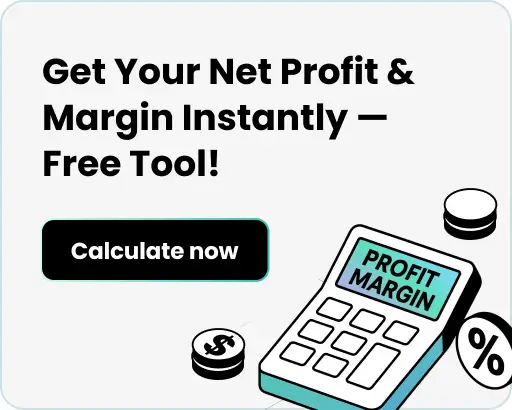


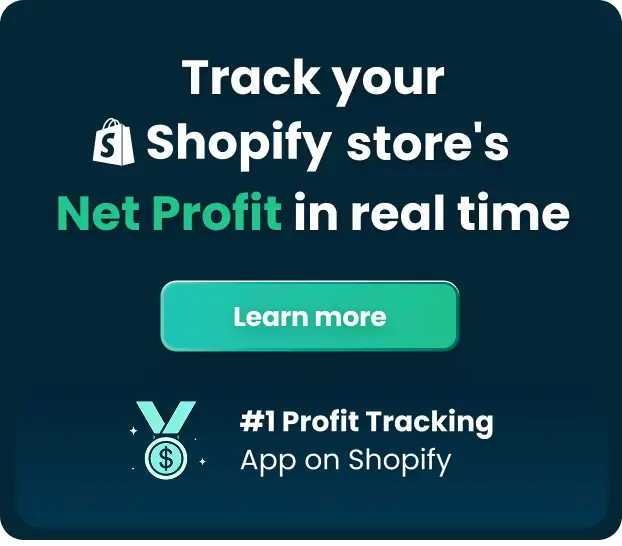

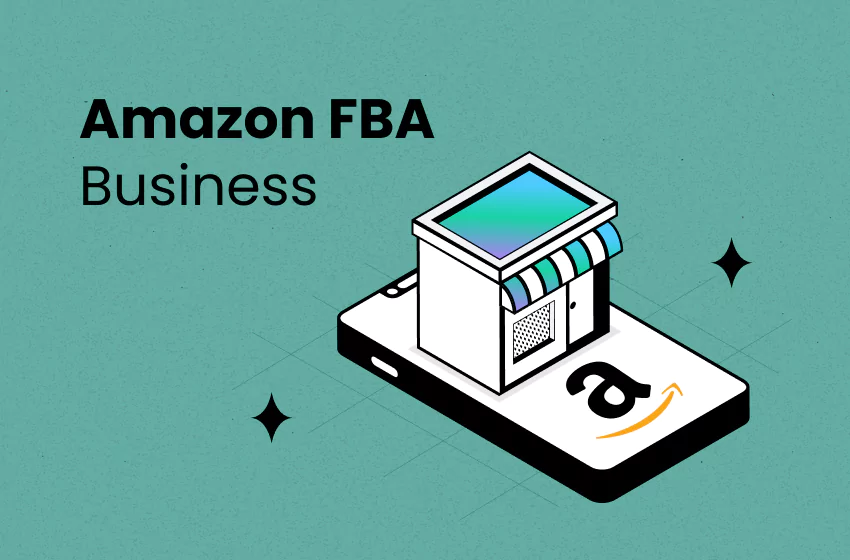


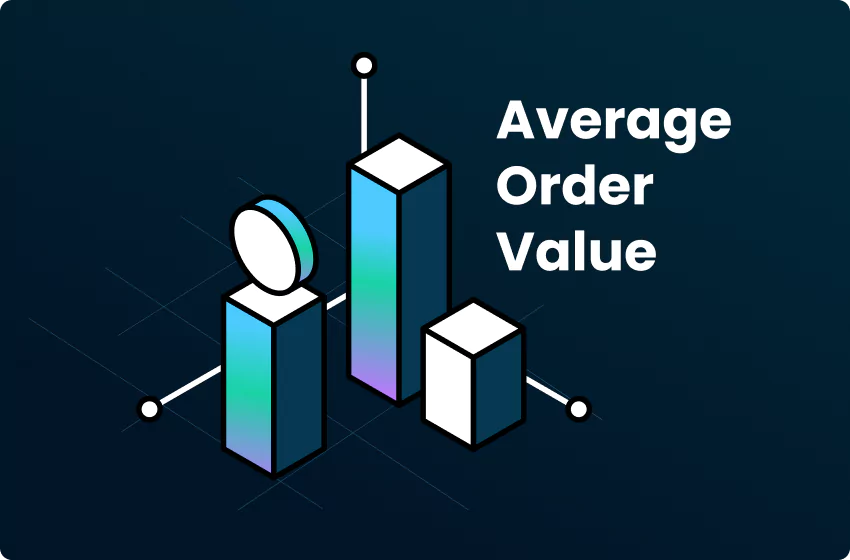
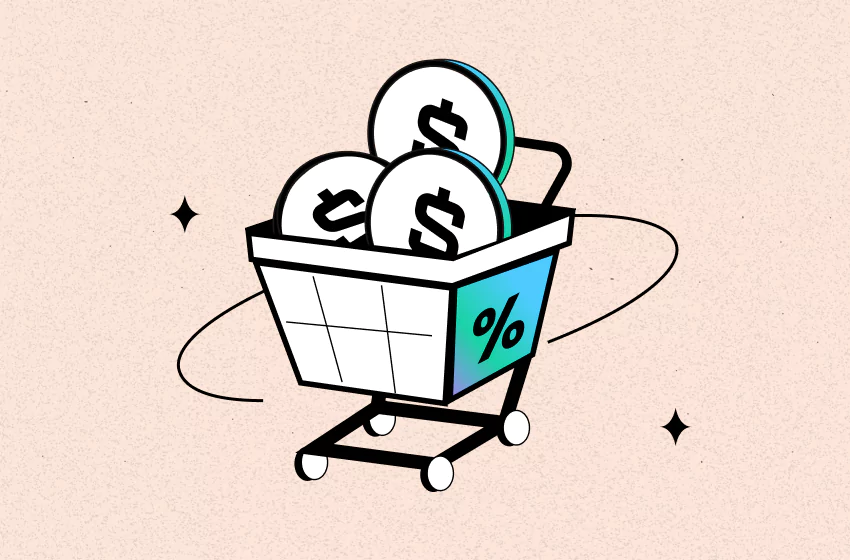
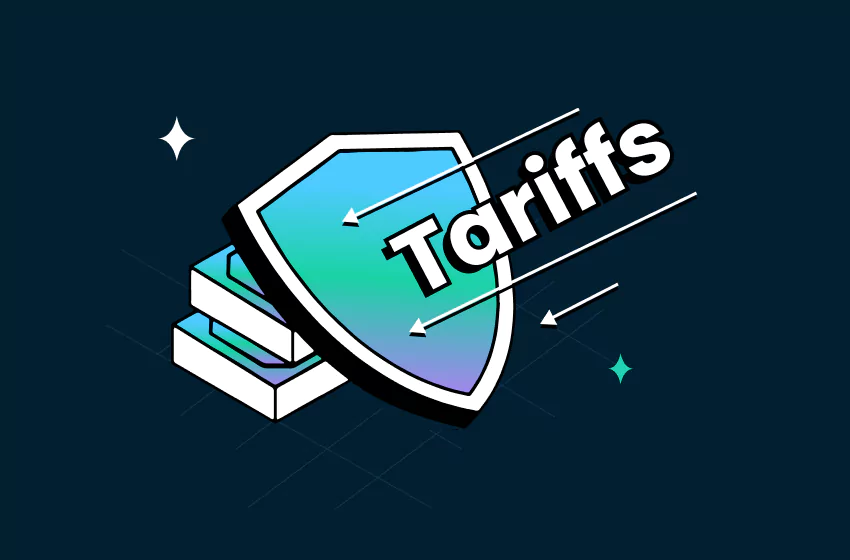
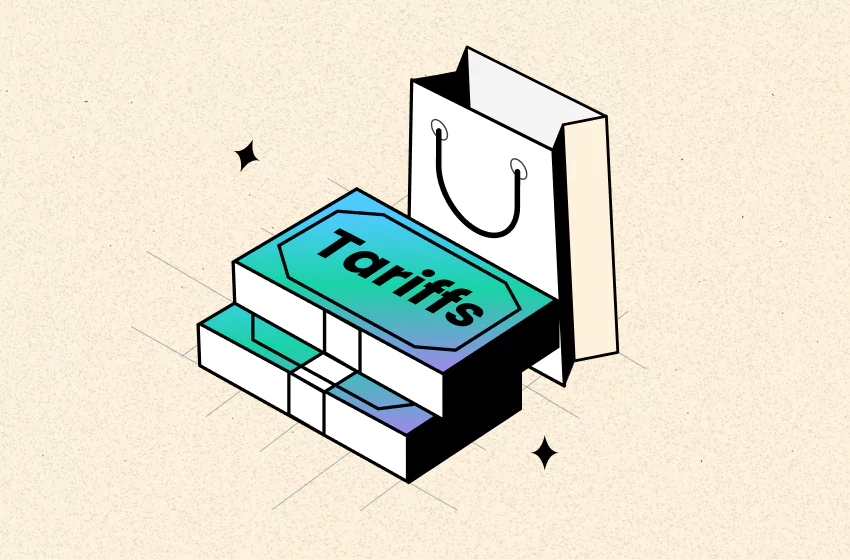
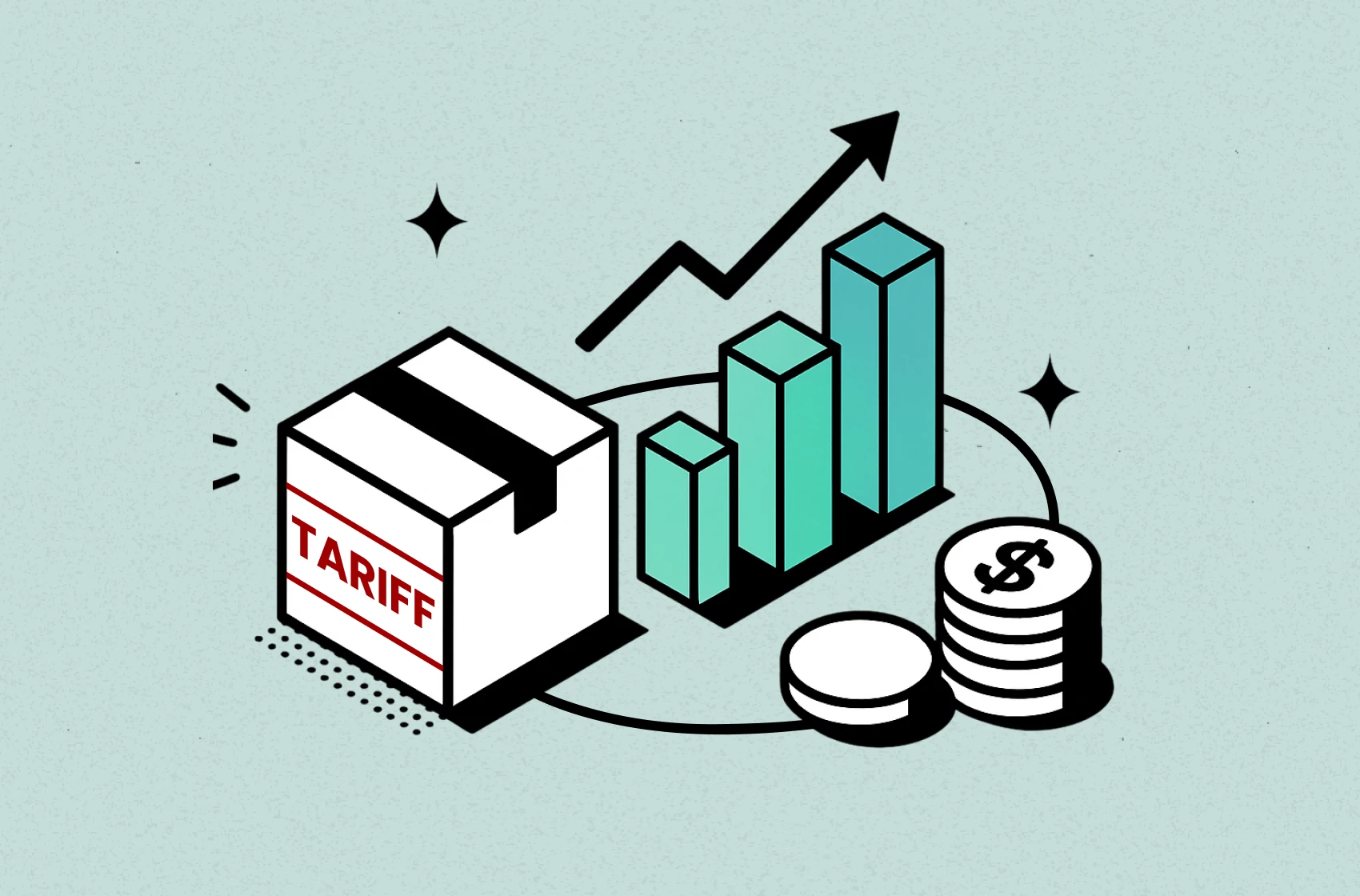
 Shopify profits
Shopify profits